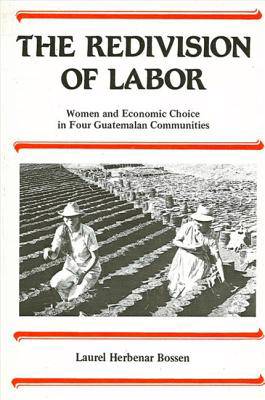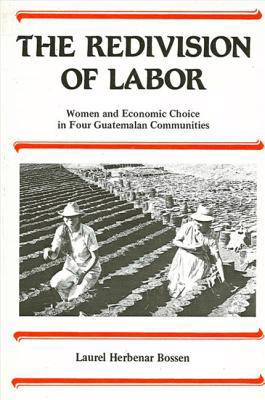
- Afhalen na 1 uur in een winkel met voorraad
- Gratis thuislevering in België vanaf € 30
- Ruim aanbod met 7 miljoen producten
- Afhalen na 1 uur in een winkel met voorraad
- Gratis thuislevering in België vanaf € 30
- Ruim aanbod met 7 miljoen producten
Zoeken
€ 145,45
+ 290 punten
Uitvoering
Omschrijving
How does economic development affect women in Latin America? This work examines the different ways that economic and social relations between the sexes are redefined in Guatemala as capitalist expansion transforms the nation. An unusual and rich combination of fieldwork in four communities supplemented by national-level data shows there are major differences in the sexual division of labor in four major segments of Guatemalan society: the Maya peasantry, the plantations, the urban poor, and the middle class. Without losing sight of the role of each community within the national economy, local economic and social options are described to show how economic change alters women's status relative to men's. The treatment of these differences goes beyond quantitative summaries to include life histories illustrating the complex choices women make and their adaptive strategies. The importance of cultural, class, and regional differences are brought to bear on the interpretation of different patterns of male-female relations, while local community adaptations are set against the larger background of capitalist expansion in Latin America. This book provides a unique contribution to the literature of Mesoamerican communities in that it redresses the imbalance in community-level coverage of women's economic and social position within the Maya population, and it provides data on several types of communities that have scarcely been covered by anthropologists working in Mesoamerica. The comparative material on Maya and Ladino, rural and urban, and the poor and the elite is used to advance the theoretical understanding of the changing causes of women's subordination in the Third World. Rejecting conventional explanations of machismo and traditional culture as cause of male dominance, this work explores the multi-faceted effects of the larger capitalist system on sexual stratification.
Specificaties
Betrokkenen
- Auteur(s):
- Uitgeverij:
Inhoud
- Aantal bladzijden:
- 396
- Taal:
- Engels
- Reeks:
Eigenschappen
- Productcode (EAN):
- 9780873957403
- Verschijningsdatum:
- 30/06/1984
- Uitvoering:
- Hardcover
- Formaat:
- Genaaid
- Gewicht:
- 607 g

Alleen bij Standaard Boekhandel
+ 290 punten op je klantenkaart van Standaard Boekhandel
Beoordelingen
We publiceren alleen reviews die voldoen aan de voorwaarden voor reviews. Bekijk onze voorwaarden voor reviews.











